All-purpose, whole wheat, bread, cake, pastry, you name it!
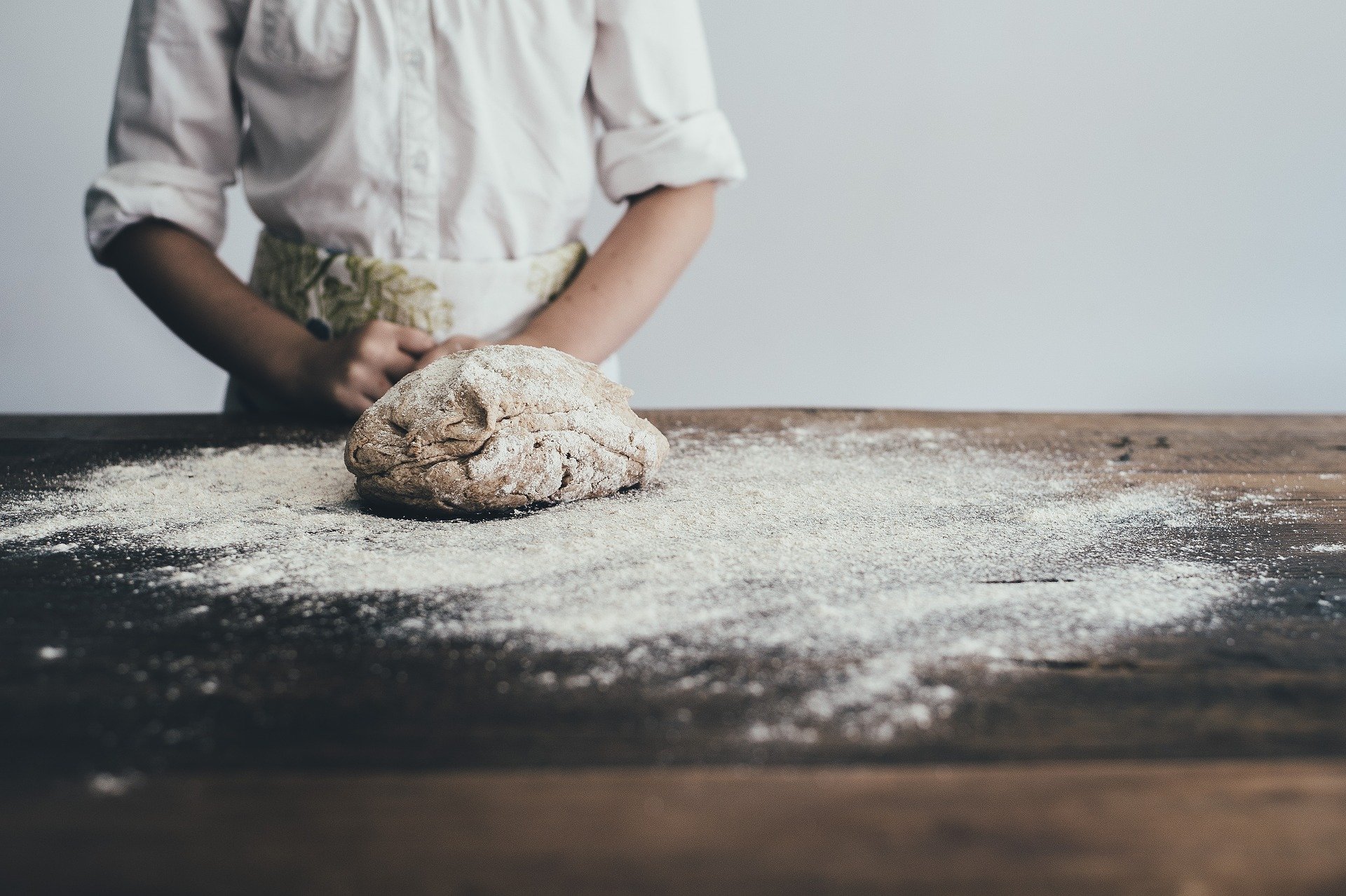

Flour is the epitome of a multi-use ingredient. It’s the base for any baked good ranging from flaky crusts to fluffy, voluminous breads.
And since many of us are using our newfound free time to exercise our baking skills, it seems like the perfect opportunity to stop mindlessly tossing flour in with the rest of the dry ingredients and take a step back to understand what its role is.
First, what’s flour?
Flour is made from grains that are milled into a finely divided powder. Historically, flour was milled from wheat, but more recently there’s been a wide variety of flours produced from almond, oat, buckwheat and other grains.
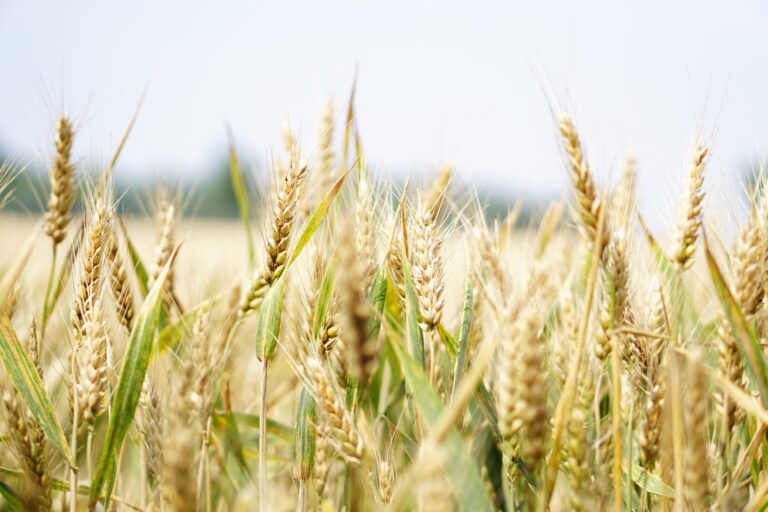

To begin, wheat is harvested and the grain kernels are collected for flour. Each grain kernel has three main components: the endosperm, germ, and bran. The endosperm is the largest part of the kernel and contains 70–80% carbohydrates. The germ contains fats, vitamins and proteins. The bran is the outer layer of the kernel and primarily composed of fiber.
Now, what do the components of a grain kernel have to do with flour?
Often, these three portions of the grain are combined in various amounts to yield different types of flour. You can increase the protein content. Maybe, lower the amount of carbs.
Another trick to making flour is to combine different varieties of wheat. Wheat that is sown in fall will have a higher protein content and is called hard wheat. In comparison, wheat planted in spring is known as soft because it tends to be lower in protein.
The differing amounts of wheat protein, also called gluten, can differentiate one flour from another since it drastically impacts texture. These proteins are known for making a network within dough that confers elasticity and stretchiness. However, at higher protein concentrations that network becomes so dense and interconnected, the stretch is lost.
In the list below, you’ll notice that each type of flour tends to be either a blend of different wheat varieties, wheats of various growing seasons, or a combination grain kernel components (bran, germ, and endosperm) to yield flour with various characteristics.
All-purpose flour
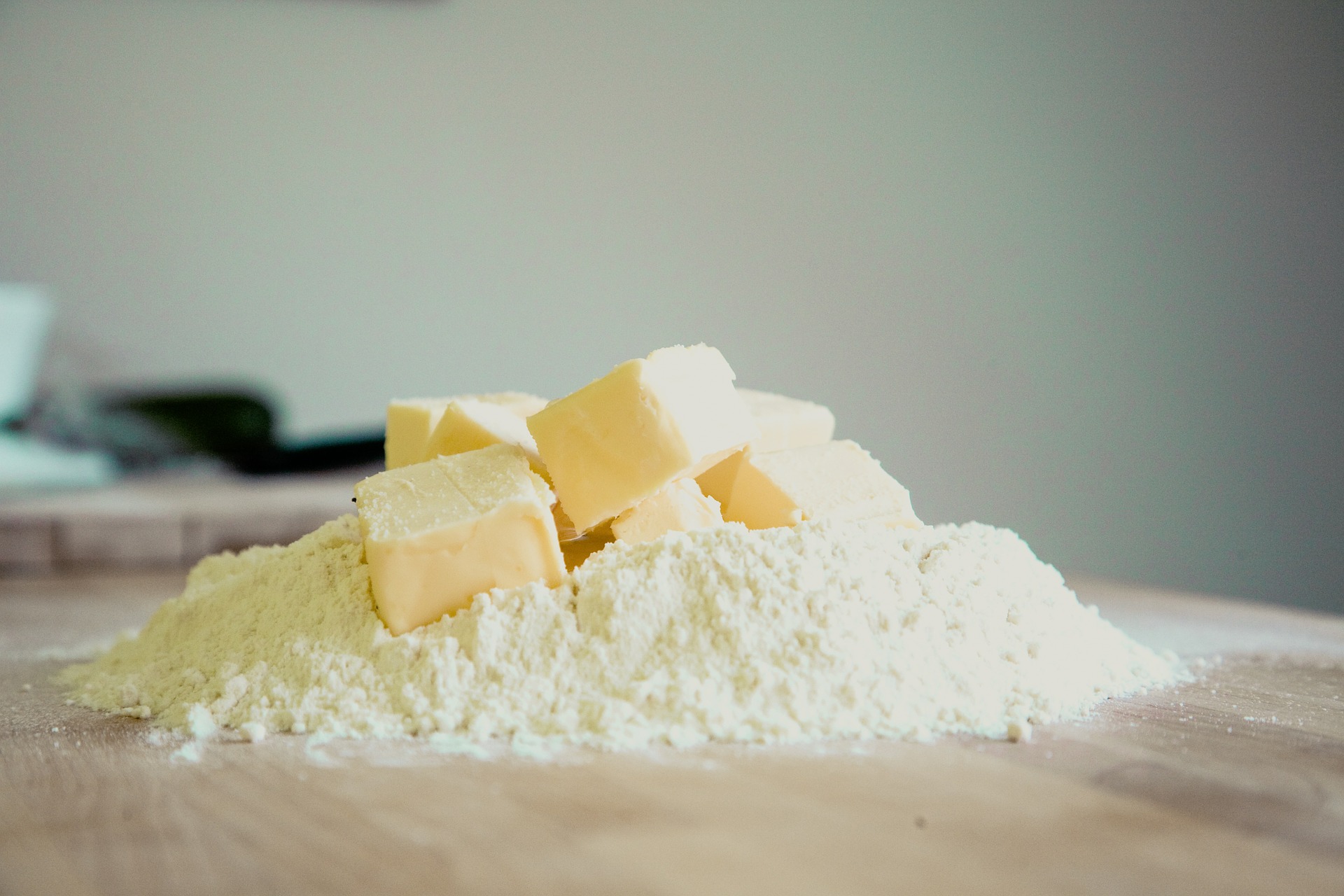

The name really says it all. This type of flour is for general use and is formulated to be dummy-proof. It’s typically produced from finely ground endosperm of hard wheat, or a blend of soft and hard wheat. It has a balanced protein content of 10–12%, which makes it suitable for anything from cakes to breads with decent success.
Whole wheat flour
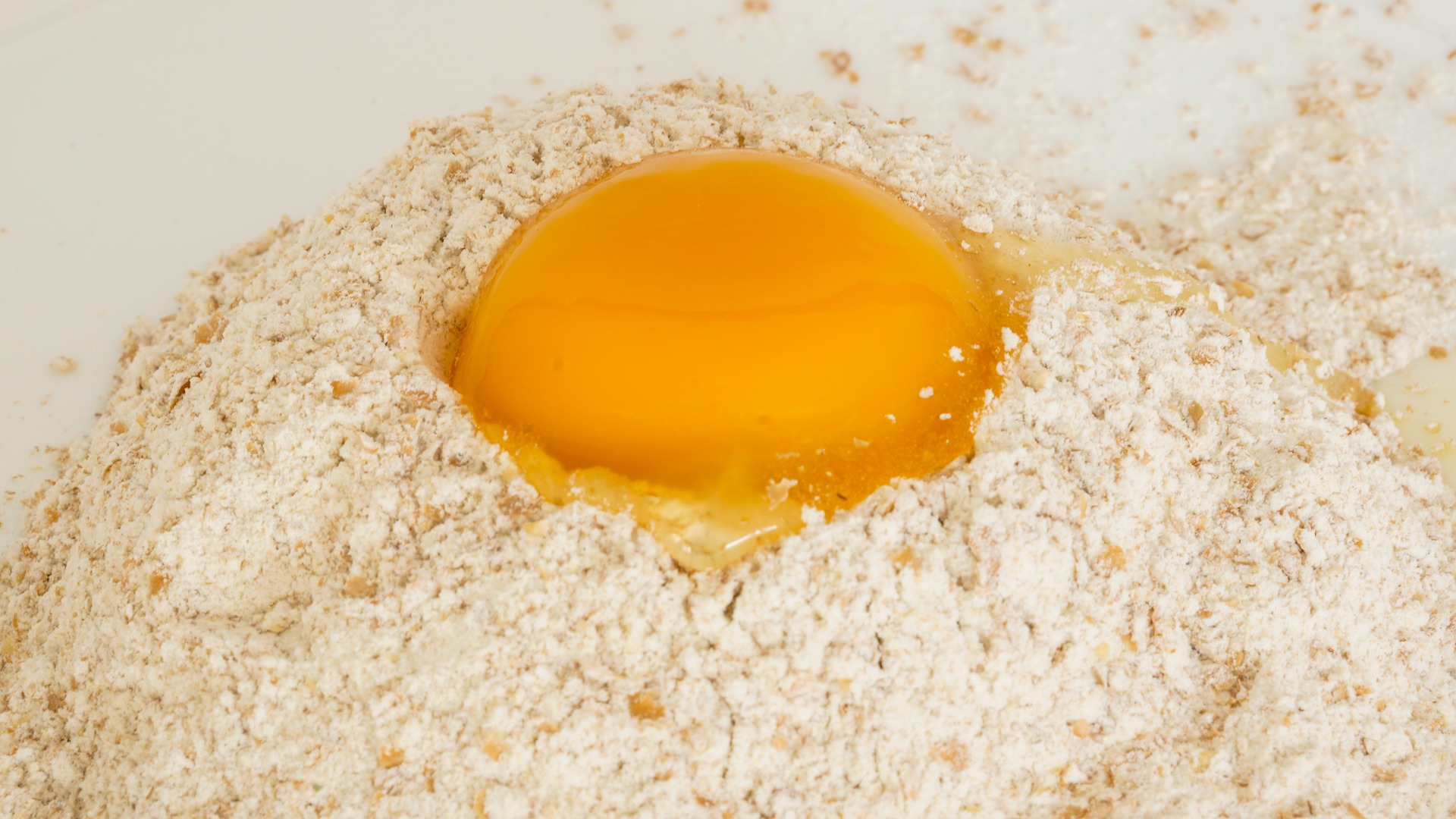

The entire grain kernel (bran germ, and endosperm) is used to make whole wheat flour. With the addition of the bran, the flour becomes light brown with a bit of a crunchy texture. Incorporating the oil-containing germ results in a much shorter shelf life and tendency to go rancid.
Substituting whole grain flour into recipes is usually detrimental to the texture. It leads to more compact and chewy baked goods.
Bread (strong) flour
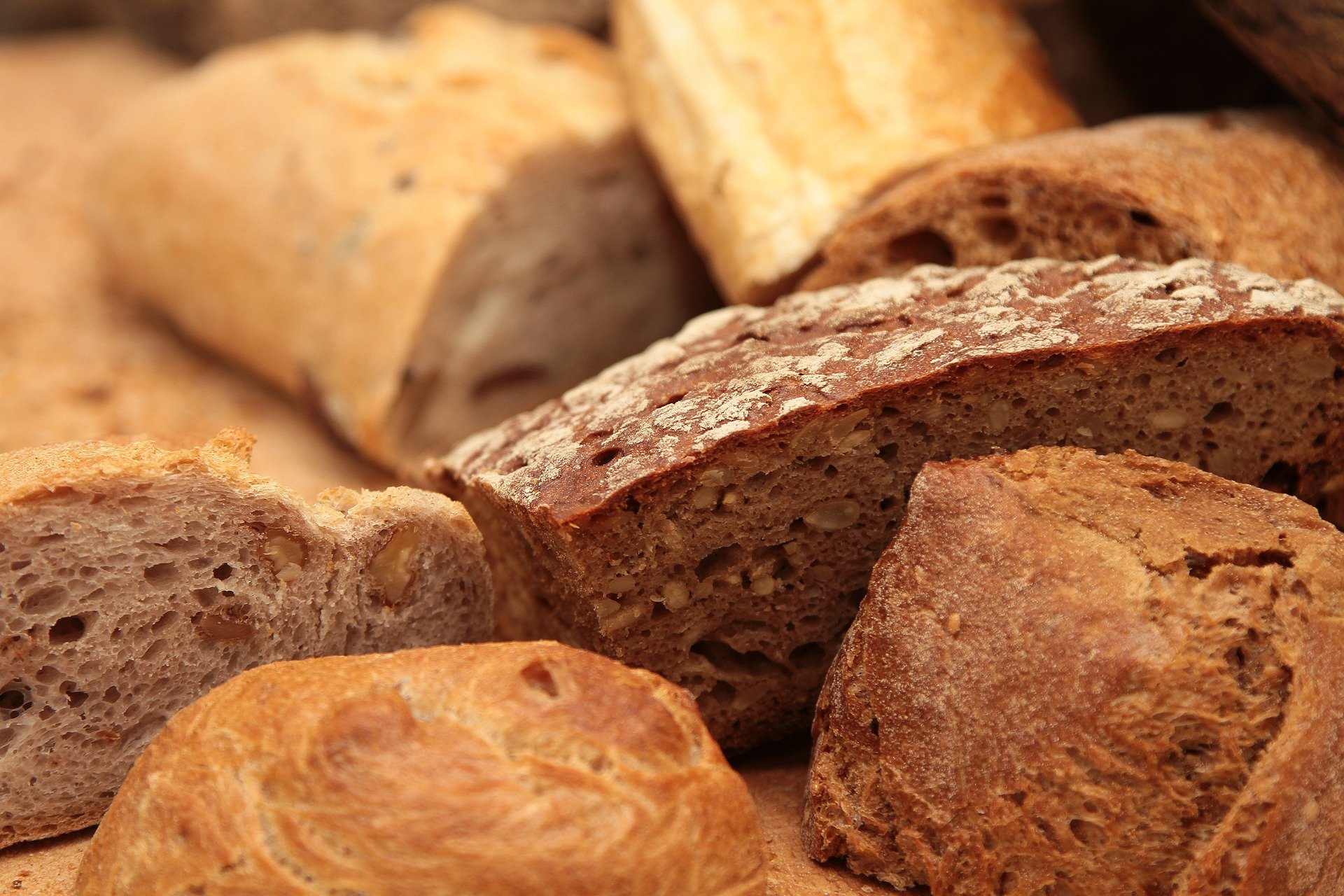

This type of flour is made from hard wheat to attain a high protein content, typically 12.5–13.5%. It’s often called strong flour since the gluten network formed in the dough will lead to a strong structure. You might not see this type of flour in the grocery store, but it’s often sold to companies that mass produce yeast breads, pizza crust, or pasta.
Cake (soft) flour


Cake flour is made from soft wheat to attain a lower protein content of 7-9%, which produces tender and fine baked goods. Since the protein content is lower, the amount of starch is higher. Recipes for cakes, cookies, crackers, or pancakes might call for cake flour.
Pastry flour
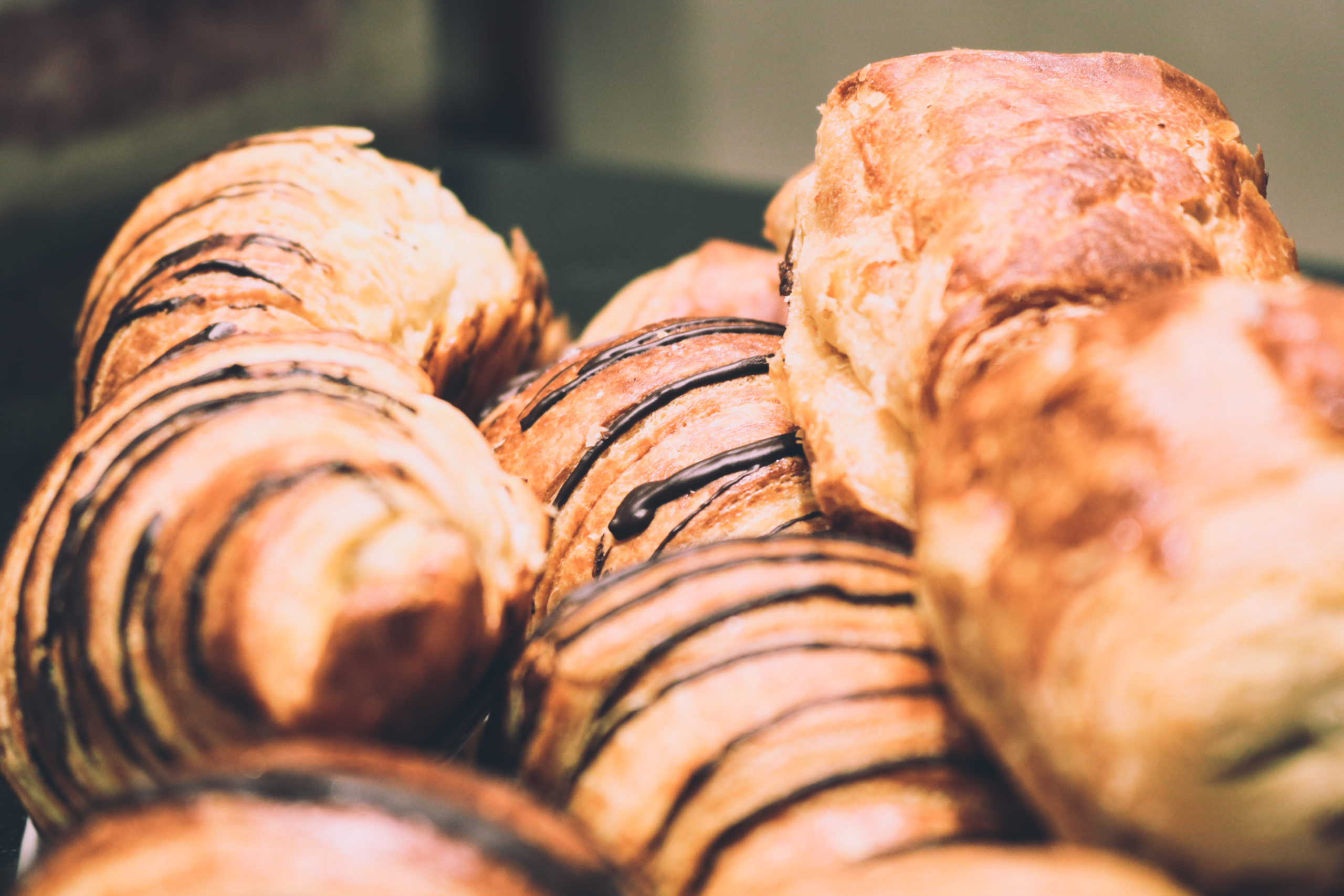

Falling somewhere between cake and all-purpose flour, pastry flour has 9–10% protein. It’s not as finely ground and has a bigger particle size. As the name implies, its uses are mostly limited to pastries and pie crusts.
Self-rising flour
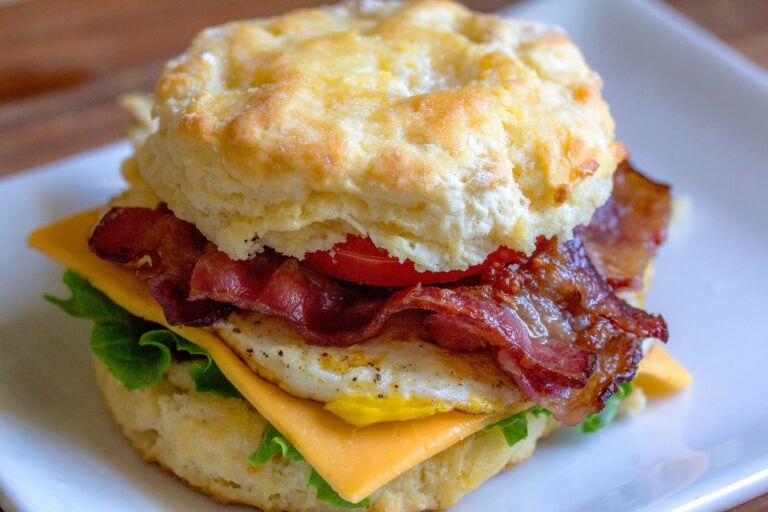

This is a combination of flour, baking soda, acid, and salt. Most often recipes calling for self-rising flour have been adjusted to omit salt and baking soda. The flour contains about 9.5% protein and is commonly used for baking biscuits.
With so many of us stuck at home having more free time than we know what to do with, it’s the perfect time to improve your baking skills. And there’s no better ingredient to start with than something as basic as flour.
If you are exploring baking during all the down time, let me know if you have any other questions about the foods we eat. Until then, bake on!

